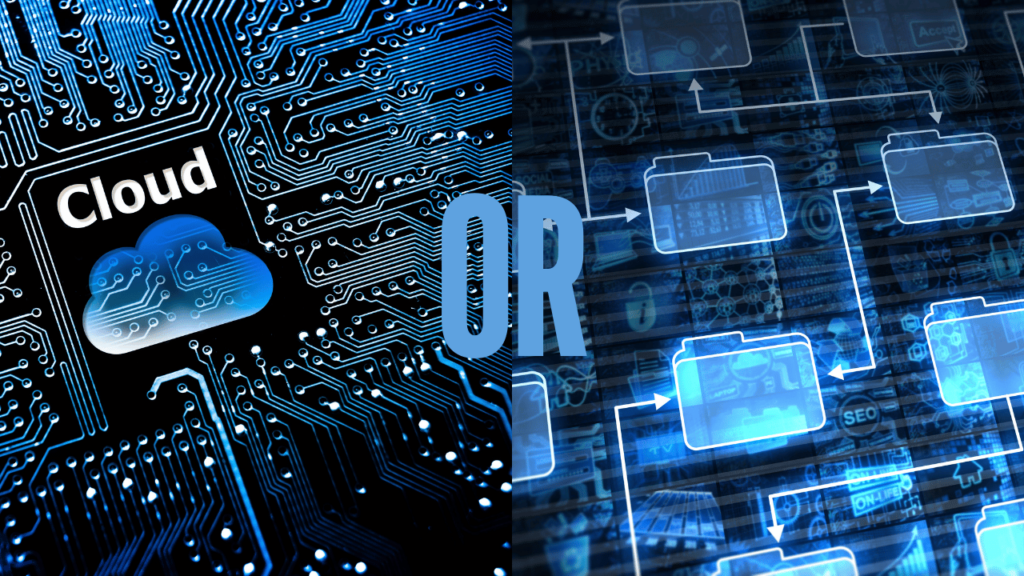A cloud tenant is a user or business that shares resources. Compare single-tenant versus multi-tenant models, their advantages, and their effects on security and cost.
Introduction
IT is continuously evolving, and cloud computing has changed data storage, management, and access. Tenants share a computer environment in cloud computing. What is a cloud tenant and how does it effect cloud services?
This article describes a cloud computing tenant, compares single- and multi-tenant solutions, and examines their pros and cons. This article will help you understand cloud computing tenants and which model is best for your business.
What Is Tenant In Cloud Computing?

The answer to “What is a tenant in cloud computing?” is a firm or user that leases storage, databases, and applications. Like a rental property, you or your company uses cloud resources while others use others.
Each cloud tenant’s data and activities are unique. Single-tenant or multi-tenant design affects isolation and resource sharing. Current public, private, and hybrid cloud infrastructures are based on this principle.
After designing a tenant, explore cloud architectures that influence tenant access and sharing.
Single-Tenant vs. Multi-Tenant Cloud Architectures

To understand “what is a tenant in cloud computing,” study single-tenant and multi-tenant cloud architectures. Each has company-specific benefits and downsides.
1. Single-tenant cloud?
A one-tenant cloud architecture allows each tenant to have its own software, servers, and resources. Not sharing resources with other tenants means complete isolation.
The application and infrastructure of a single-tenant SaaS platform are isolated from other users.
Advantages of Single-Tenant Architecture
- Data Security: Single-tenant data isolation is ideal for healthcare and financial industries that require rigorous data safety.
- Customization: Tenants have their environments, enabling greater software and configuration customization.
- Performance: Single-tenant systems often perform better due to resource separation. Dedicated resources speed processing and response.
Disadvantages Of Single-Tenant Architecture
- Cost: Cost is a significant issue. Dedicated infrastructure for each tenant raises operational expenses.
- Maintenance: Many single-tenant situations are challenging to maintain. IT staff, especially in large organizations, must handle each instance separately, which increases their workload.
2. What is Multi-Tenant Cloud Architecture?
In contrast, multi-tenant cloud architecture shares servers and databases. Although they share infrastructure, tenants’ data is theoretically segregated for privacy and security.
Advantages Of Multi-Tenant Architecture
- Cost Efficiency: Tenant resource sharing reduces user expenses. Small to medium-sized businesses may save money using multi-tenant systems.
- Scalability: Multi-tenant designs scale nicely. Businesses may develop quickly by increasing capacity without specialized infrastructure utilizing shared resources.
- Resource Utilization: Since tenants may share idle capacity, multi-tenant models optimize resources.
Disadvantages of Multi-Tenant Architecture
- Security: Shared resources may offer security issues even if tenants’ data is unique. One renter’s transgression may harm others.
- Customization Limitations: Multi-tenant systems offer fewer customization options since infrastructure changes affect all tenants.
- Performance variability: Multiple tenants sharing resources might cause performance unpredictability, especially during peak demand.
Types of Multi-Tenant Architecture in Cloud Computing

Study multi-tenant infrastructures to understand “what is a tenant in cloud computing. ” Multi-tenant systems vary by company.
1. Single App, One Database
This setup puts all tenants on one application instance and database. Simple multi-tenancy saves money but limits performance and customization.
2. Single App, Multiple Databases
Tenants share an application instance but have separate databases. The single-database paradigm doesn’t segregate and safeguard data like this model.
3. Multi-App, Database
Tenants may share servers and utilize their apps and databases. It balances isolation with cost savings.
Choosing Single- or Multi-Tenant Architectures
What design do you select for your firm after comparing single- and multi-tenant?
When to Choose Single-Tenant Architecture
A single-tenant model suits:
- Need More Security: Healthcare, finance, and government need strict data isolation.
- Need Customization: Does your company require customized applications or infrastructure? A single-tenant model is flexible.
- Can Afford Higher Costs: Single-tenant systems are ideal for larger budgets since they cost more.
When To Choose Multi-Tenant Architecture
Multi-tenant models fit companies:
- Need Cost Savings: Multiple-tenancy pools resources to save startups and small businesses money.
- Need Scalability: Multi-tenant designs let growing companies scale quickly without additional infrastructure.
- Can Tolerate Less Customization: Multi-tenancy suits firms that don’t require considerable customization and can operate normally.
Rise of Mixed Tenancy Models

The cloud is moving toward mixed-tenancy models. This hybrid solution lets businesses enjoy the isolation and control of single-tenancy and the scalability and cost benefits of multi-tenancy.
A mixed tenancy model shares infrastructure and software updates and assigns user interfaces and databases to tenants. This paradigm appeals to organizations seeking online security, affordability, and scalability.
Frequently Asked Questions
What are cloud tenants? ? [+]
Customers who use cloud services, including software, databases, and infrastructure, are called cloud tenants. Single tenants have dedicated resources, while multitenants share.
What are the benefits of single-tenant architecture? [+]
Single-tenant architecture increases data security, customization, and performance with dedicated resources. However, it costs more and is more complicated to manage.
Multitenant architecture—why? [+]
A multitenant architecture is cost-effective, scalable, and resource-efficient. Businesses that emphasize growth and cost reduction should utilize it.
Can I use single- and multitenant models? [+]
Mixed tenancy allows businesses to benefit from multi-tenancy cost reductions and single-tenancy isolation and control. This hybrid model is developing among cloud providers.
Conclusion
Finally, understanding cloud tenants and single- and multitenant designs may aid cloud adoption.
